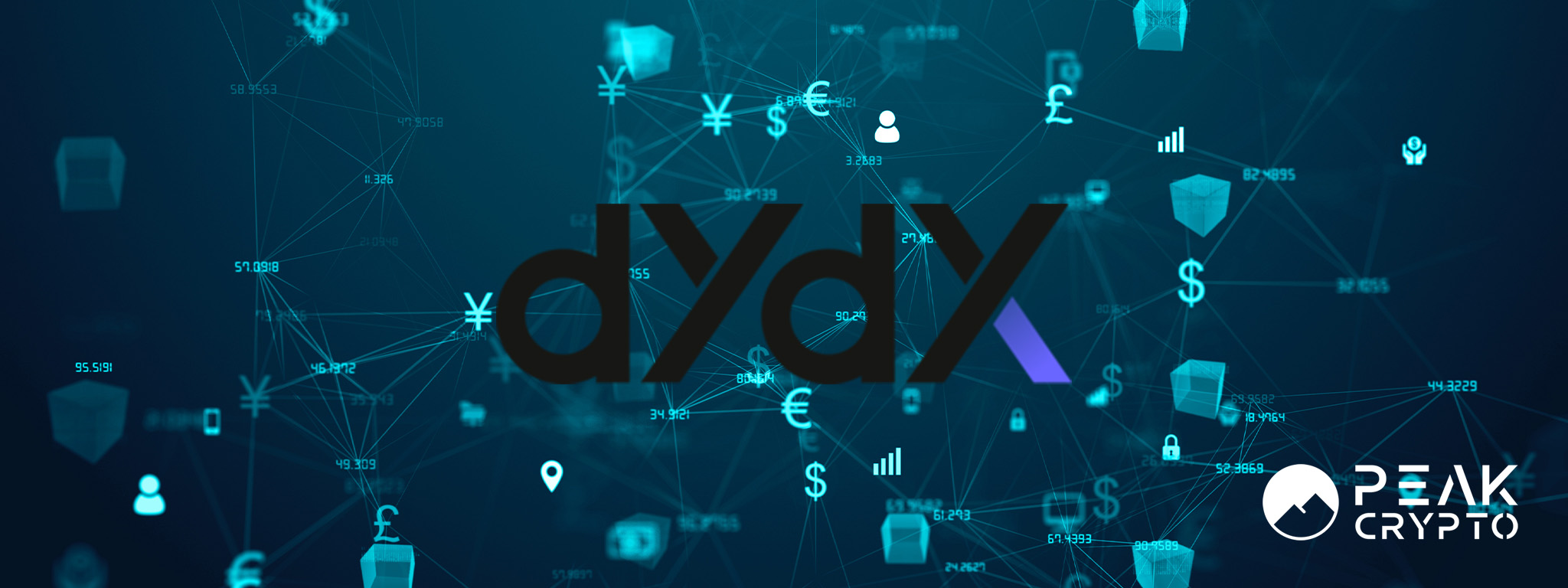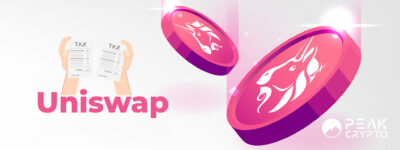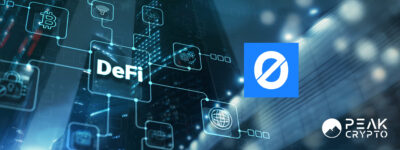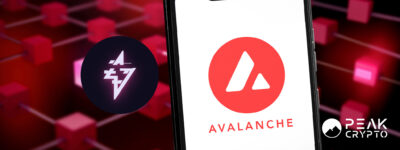Decentralized digital currency platform dYdX has unveiled its standalone layer-1 blockchain, marked by the introduction of its first genesis block, operating on DYDX tokens.
The freshly minted dYdX Chain pledges to distribute all collected fees to its validators and stakers in USD Coin. This encompasses the trading fees formulated in USDC and the gas fees tied to transactions executed in DYDX or USDC.
Genesis and Mechanics
Utilizing the software development kit from Cosmos, the proof-of-stake (PoS) blockchain incorporates CometBFT as its consensus mechanism. Validators, in their role, stake DYDX tokens to bolster the blockchain and oversee governance proceedings of the network.
Antonio Juliano, the founder of dYdX, emphasized that the inception of the dYdX Chain depended on companies like Circle and Coinbase initiating their operations on Cosmos, facilitating the timely creation of its genesis block. Juliano had earlier labeled dYdX as a “trailblazing blockchain crafted on Cosmos SDK” and the world’s “first decentralized off-chain order book.” Notably, this blockchain initiative is entirely open-source.
Transition and Governance
Before dYdX’s venture into its own layer-1 chain, DYDX existed as an ERC-20 token within the Ethereum-based layer-2 protocol of dYdX. Transitioning to its layer-1 chain, the community of dYdX concurred to recognize DYDX as the flagship token, form a direct bridge from Ethereum to the dYdX Chain, and equate wrapped Ethereum DYDX (wethDYDX) to ethDYDX in governance capacities for dYdX v3.
Owing to community decisions, the DYDX token’s functionality has been expanded for staking, network fortification, and governance roles on the dYdX Chain. Resembling Ethereum’s transition to PoS, stakers and validators underpin the network, garnering dYdX protocol fees relative to their staked assets. Fees amassed by the dYdX Chain protocol are subsequently shared among validators and stakers via the Cosmos distribution module.
In a significant announcement, dYdX articulated its hopes for the chain’s governance to be more user-friendly than its predecessor, the Ethereum-layer-2 protocol.
The dYdX Chain does not have the dYdX v3 concept of ‘Proposing Power’; instead, the governance module effectively enables any holder to create a governance proposal with a deposit.
dYdX said.
Regarding governance norms, set mechanisms are in place to deter frivolous proposals, with mandated deposit thresholds and sophisticated voting processes. Users are limited to staked DYDX tokens for governance participation, while chain validators encompass the voting might of stakers unless individual stakers prefer to vote on their own.






